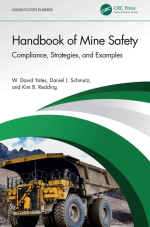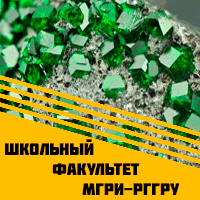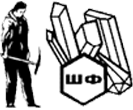Добрый день, Коллеги. Важное сообщение, просьба принять участие. Музей Ферсмана ищет помощь для реставрационных работ в помещении. Подробности по ссылке
Handbook of mine safety. Compliance, strategies and examples / Руководство по безопасности в шахтах. Выполнение, стратегии и примеры
Mining safety can be a complicated task, even for experienced safety professionals. The majority of safety professionals receive their training and experience based on the Occupational Safety and Health Administration (OSHA) standards and guidelines. Due to the ever‑increasing shortage of qualified safety professionals, Mine Operators and Human Resource Directors are reaching out to non‑mining safety professionals. As new safety professionals, including those with mining experience, enter their first Safety Manager or Coordinator position, they can quickly become overwhelmed or confused with the massive amounts of records that are required to be maintained or the various interpretations of the Mine Safety and Health Administration (MSHA) rules and regulations. Even experienced Mine Safety Professionals need guidance in setting up new programs, such as when and how to conduct training, recordkeeping, when to report accidents/injuries, and determining what constitutes a recordable injury under the MSHA criteria.
For this reason, the experienced authors have set out to publish a handbook that serves several purposes as outlined below:
• To function as a “quick desk reference” for the experienced, practicing mine safety professional.
• To be utilized by university students at all levels as a useful reference tool.
• To serve as a primary source for the Certified Mine Safety Professional Examination.
• To provide useful tools for the experienced and beginning Mine Safety Professional.
The Handbook of Mine Safety has an accompanying website that includes useful tools, such as risk assessment worksheets, ergonomic work sheets, training plans, sample safety manuals (i.e., Control of Hazardous Energy, Confined Space, etc.). The topics included within this book are Introduction to MSHA, Mining Types and Methods, Legal Aspects of the Safety Profession with a Focus on Mining Safety, Citations and Orders, Contractor Safety (Mine Responsibilities), Metal/Non‑Metal Standards, Underground Mining Standards, Risk Analysis and Management, Training Requirements, Ground Control, Fire Prevention and Control, Air Quality and Physical Agents, Explosives, Drilling and Rotary Jet Piercing, Loading, Hauling and Dumping, Aerial Tramways, Travelways, Electricity, Compressed Air and Boilers, Machinery and Equipment, Personal Protection, Materials Storage and Handling, Illumination, Safety Programs, Personnel Hoisting, Miscellaneous Safety Issues, Part 62—Occupational Noise Exposure, Recordkeeping, Silica Standard, and Surface Mobile Equipment Safety Program. <...>




